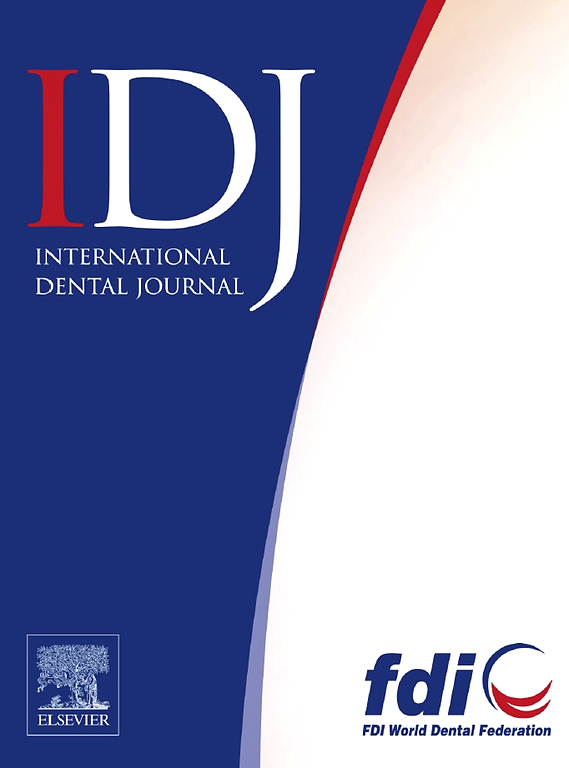Synthetic Orthopantomography Image Generation Using Generative Adversarial Networks for Data Augmentation
IF 3.7
3区 医学
Q1 DENTISTRY, ORAL SURGERY & MEDICINE
引用次数: 0
Abstract
Objective
To overcome the scarcity of annotated dental X-ray datasets, this study presents a novel pipeline for generating high-resolution synthetic orthopantomography (OPG) images using customized generative adversarial networks (GANs).
Methods
A total of 4777 real OPG images were collected from clinical centres in Pakistan, Thailand, and the U.S., covering diverse anatomical features. Twelve GAN models were initially trained, with four top-performing variants selected for further training on both combined and region-specific datasets. Synthetic images were generated at 2048 × 1024 pixels, maintaining fine anatomical detail. The evaluation was conducted using (1) a YOLO-based object detection model trained on real OPGs to assess feature representation via mean average precision, and (2) expert dentist scoring for anatomical and diagnostic realism.
Results
All selected models produced realistic synthetic OPGs. The YOLO detector achieved strong performance on these images, indicating accurate structural representation. Expert evaluations confirmed high anatomical plausibility, with models M1 and M3 achieving over 50% of the reference scores assigned to real OPGs.
Conclusion
The developed GAN-based pipeline enables the ethical and scalable creation of synthetic OPG images, suitable for augmenting datasets used in artificial intelligence-driven dental diagnostics.
Clinical Significance
This method provides a practical solution to data limitations in dental artificial intelligence, supporting model development in privacy-sensitive or low-resource environments.
使用生成对抗网络进行数据增强的合成正体层摄影图像生成
目的为了克服带注释的牙科x射线数据集的稀缺性,本研究提出了一种使用定制生成对抗网络(gan)生成高分辨率合成正体层析成像(OPG)图像的新管道。方法收集来自巴基斯坦、泰国和美国临床中心的真实OPG图像4777张,涵盖多种解剖特征。最初训练了12个GAN模型,选择了4个表现最好的变体,在组合和特定区域的数据集上进行进一步训练。合成图像以2048 × 1024像素生成,保持了良好的解剖细节。评估使用(1)基于yolo的目标检测模型,该模型在真实的OPGs上训练,通过平均精度评估特征表示,以及(2)专家牙医对解剖和诊断真实性进行评分。结果所有选择的模型都产生了真实的合成opg。YOLO检测器在这些图像上取得了很强的性能,表明了准确的结构表征。专家评估证实了较高的解剖学合理性,M1和M3模型达到了真实OPGs参考分数的50%以上。结论开发的基于gan的管道能够合乎道德和可扩展地创建合成OPG图像,适用于人工智能驱动的牙科诊断中使用的增强数据集。该方法为牙科人工智能的数据限制提供了一种实用的解决方案,支持在隐私敏感或低资源环境下的模型开发。
本文章由计算机程序翻译,如有差异,请以英文原文为准。
求助全文
约1分钟内获得全文
求助全文
来源期刊

International dental journal
医学-牙科与口腔外科
CiteScore
4.80
自引率
6.10%
发文量
159
审稿时长
63 days
期刊介绍:
The International Dental Journal features peer-reviewed, scientific articles relevant to international oral health issues, as well as practical, informative articles aimed at clinicians.
 求助内容:
求助内容: 应助结果提醒方式:
应助结果提醒方式:


